Eficacia en ruta. El diseño de 2 bandas y media de la MENTOR 7 combina rendimiento y confort de una forma única. Philipp Medicus, director de I+D de NOVA nos lo explica: "La diferencia de diseño entre la MENTOR 6 y la 7 es mayor que la que hubo entre la 2 y la 6. Gracias a este enfoque innovador, las prestaciones han aumentado drásticamente, sin que lo hayan hecho las exigencias para el piloto. El resultado es un parapente que te permite volar grandes distancias de manera segura y eficiente".

Diseñada para volar distancia. La MENTOR 7 ha sido creada para el vuelo de distancia. Acelerada a tope, atraviesa con solidez las masas de aire turbulentas, y el pilotaje con las bandas C se puede emplear para templar la turbulencia de manera eficaz. La sensación de seguridad y de calma en vuelo permite al piloto mantener la concentración en decisiones tácticas, por largo que sea el vuelo. A pesar de su gran estabilidad, si la MENTOR 7 sufre una plegada, su reacción resulta manejable incluso si se iba acelerando al máximo. Todos los pilotos de prueba de NOVA confirman que esta vela, con su moderado alargamiento de 5,5, es muy agradable de volar, y además tiene una vela máxima superior incluso que la de la MENTOR 6. Los prerrequisitos ideales para nuevos récords de distancia.

Control de cabeceo como en una vela de 2 bandas. Para una ergonomía óptima, las bandas de la MENTOR 7 llevan incorporados unos mandos ajustables para pilotar con las bandas C. Estos mandos permiten controlar el cabeceo cuando se vuela acelerando, lo que anteriormente estaba reservado a velas de 2 bandas como nuestra XENON. Esto significa que resulta fácil compensar las turbulencias y que se puede volar distancia de manera mucho más eficiente. Quienes no tengan experiencia previa en pilotaje con las bandas C pueden, con la MENTOR 7, aprender de manera tranquila esta nueva técnica de vuelo y obtener una verdadera mejora de rendimiento gracias a ella. Nota: el funcionamiento de este sistema de pilotaje con las bandas C se explica en la sección de preguntas frecuentes más abajo.

Diseño elaborado. Además del concepto de 2 bandas y media, la MENTOR 7 se caracteriza por una compleja estructura interna, 66 cajones y varillas adicionales en la parte trasera de la vela. Estos detalles juegan un papel fundamental en las excelentes prestaciones del parapente. Hemos sacrificado nuestro concepto de plegado fácil para apostar por una clara ventaja en prestaciones. Para proteger las varillas, la MENTOR 7 debe plegarse usando una almoahada de plegado, o envolverse alrededor de la silla, en una funda concertina como nuestra Concertina Bag Light.

Las bandas y cómo funcionan. El atributo más destacado de las bandas Speedbrake 2.0 de la MENTOR 7 son los mandos HAC para pilotar con las bandas C. Otro detalle destacable es el cordino "Baby-B", que actúa como una polea móvil sobre el cordino B3. Esto supone que las bandas sean un poco más complejas, pero siguen siendo fáciles de ordenar y manejar, incluso en el despegue. Algo que interesa saber cuando se maneja la vela en tierra: se puede anular la MENTOR 7 de manera muy eficaz usando los cordinos C. Como no hay cordino C3, lo que no funciona tan bien son las correcciones de asimetría usando los cordinos C. Por tanto, para hacer correcciones laterales en el inflado recomendamos usar el freno. Por favor, ten en cuenta lo siguiente: para mayor claridad mientras se preparan las bandas para el despegue, un imán mantiene unidas las bandas A y Baby-B. Para despegar de manera óptima, recomendamos liberar el imán y sujetar únicamente la banda A .
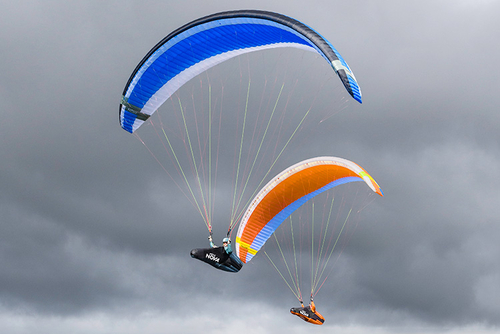
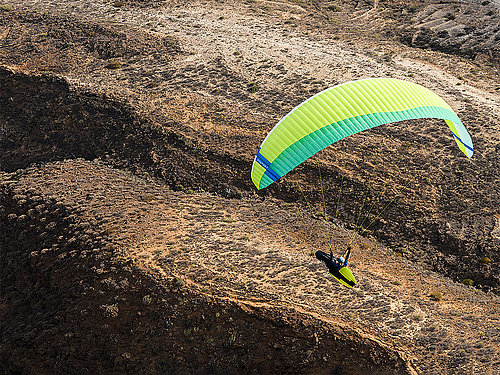
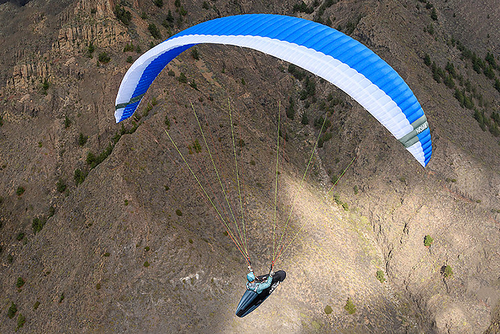
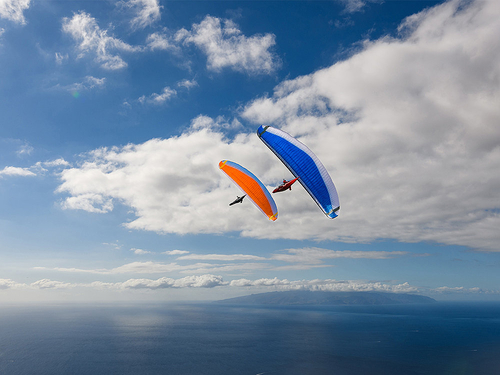
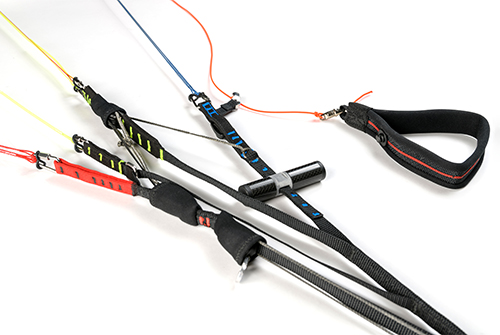
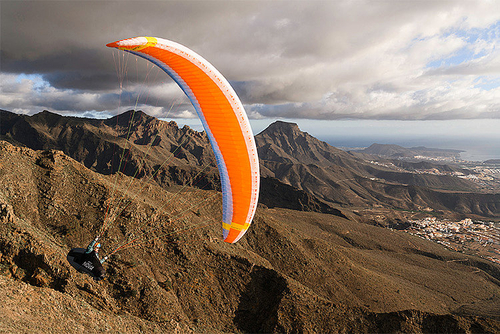
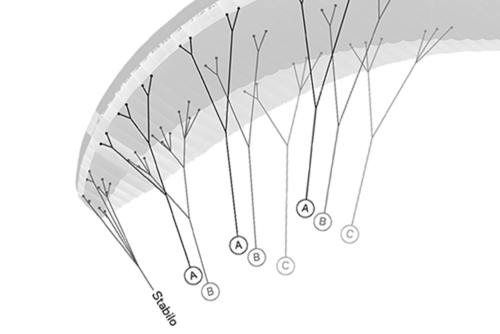
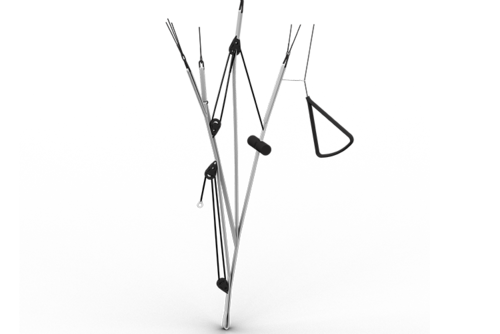
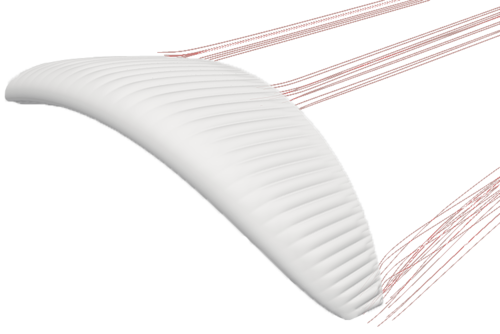


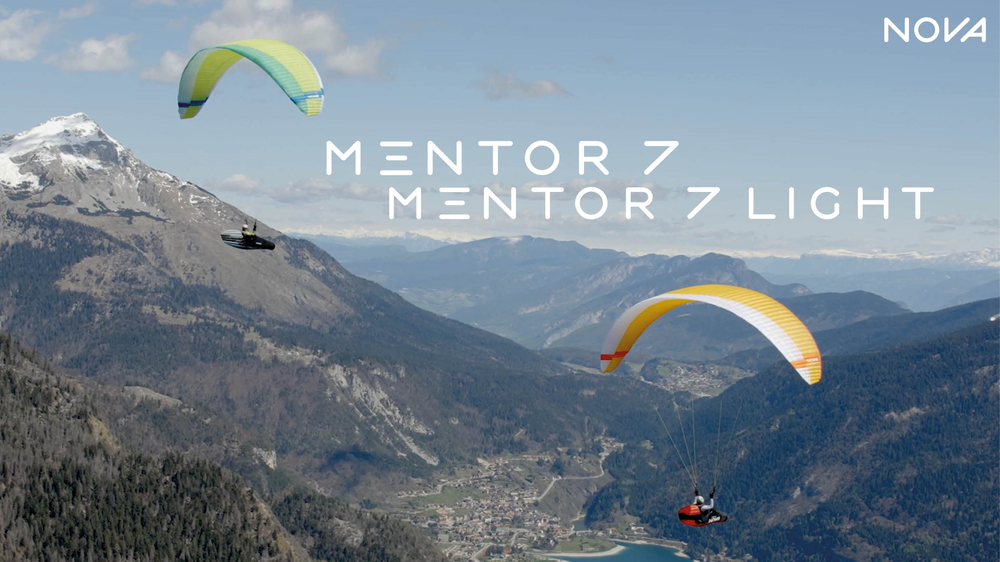
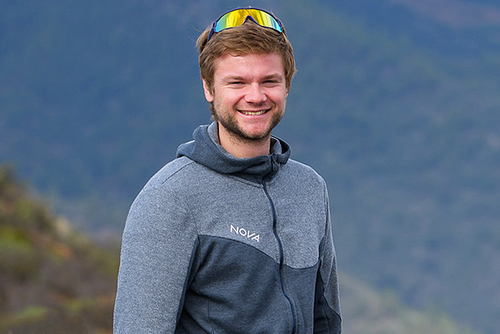
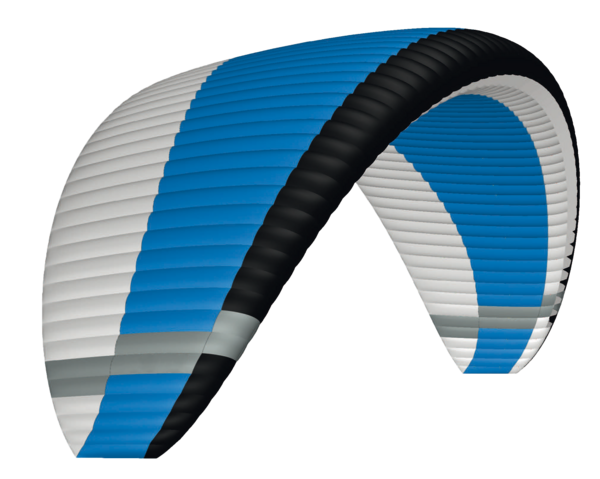 Blue
Blue
 Lime
Lime
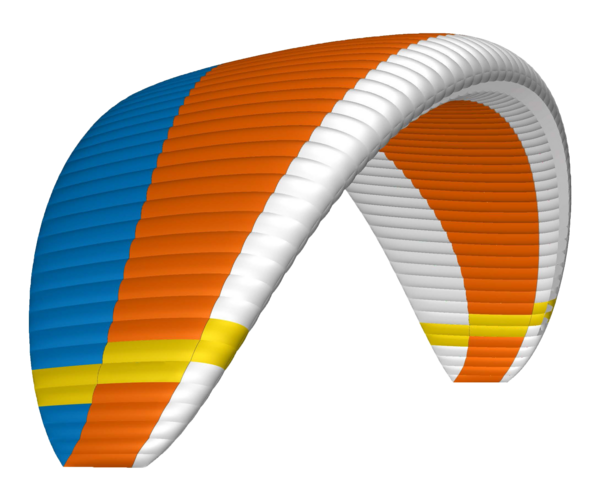 Orange
Orange
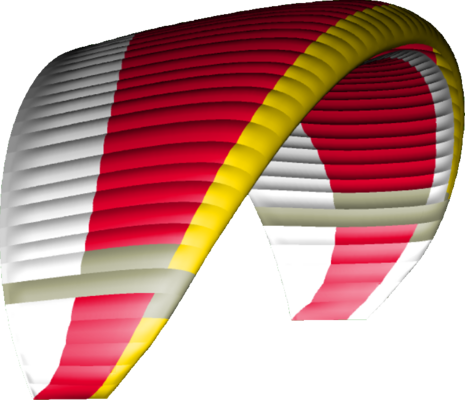







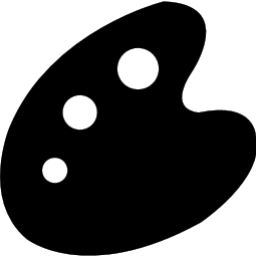

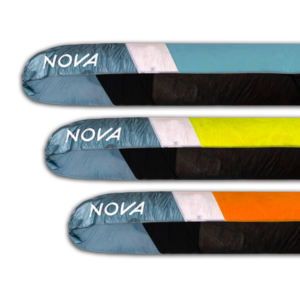 Concertina Bag Light.
Concertina Bag Light.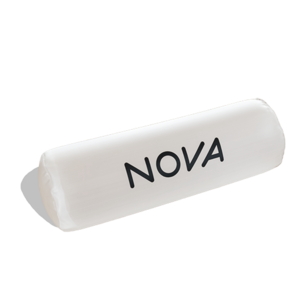 Pack Roll.
Pack Roll. Manual.Hemos incluido un manual muy detallado que contiene todo lo que debes saber acerca de tu parapente. Por favor, léelo con atención antes de volar por primera vez con tu vela.
Manual.Hemos incluido un manual muy detallado que contiene todo lo que debes saber acerca de tu parapente. Por favor, léelo con atención antes de volar por primera vez con tu vela.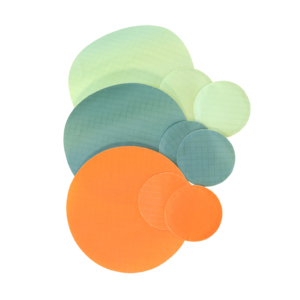 Kit de reparaciones.
Kit de reparaciones.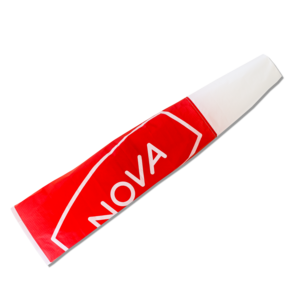 Manga de viento NOVA.Para que sepas de dónde sopla el viento, hemos añadido a nuestros productos una manga de viento NOVA. Con una longitud de aproximadamente 80 cm, tiene tamaño suficiente para un despegue.
Manga de viento NOVA.Para que sepas de dónde sopla el viento, hemos añadido a nuestros productos una manga de viento NOVA. Con una longitud de aproximadamente 80 cm, tiene tamaño suficiente para un despegue.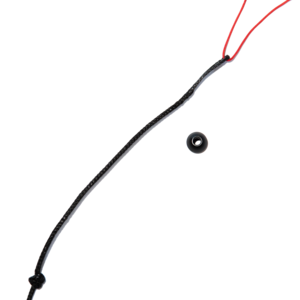 Speed system cords.
Speed system cords.